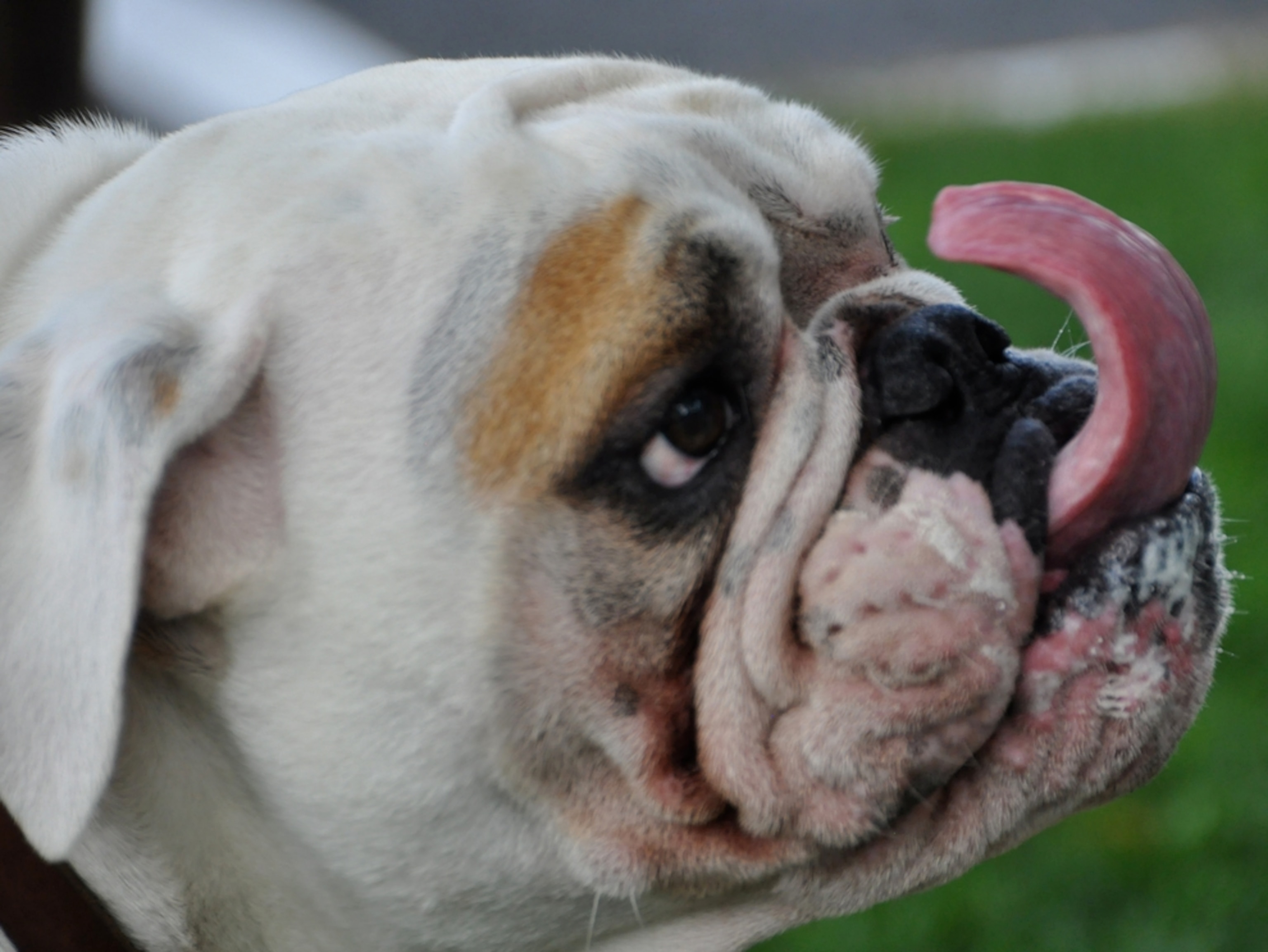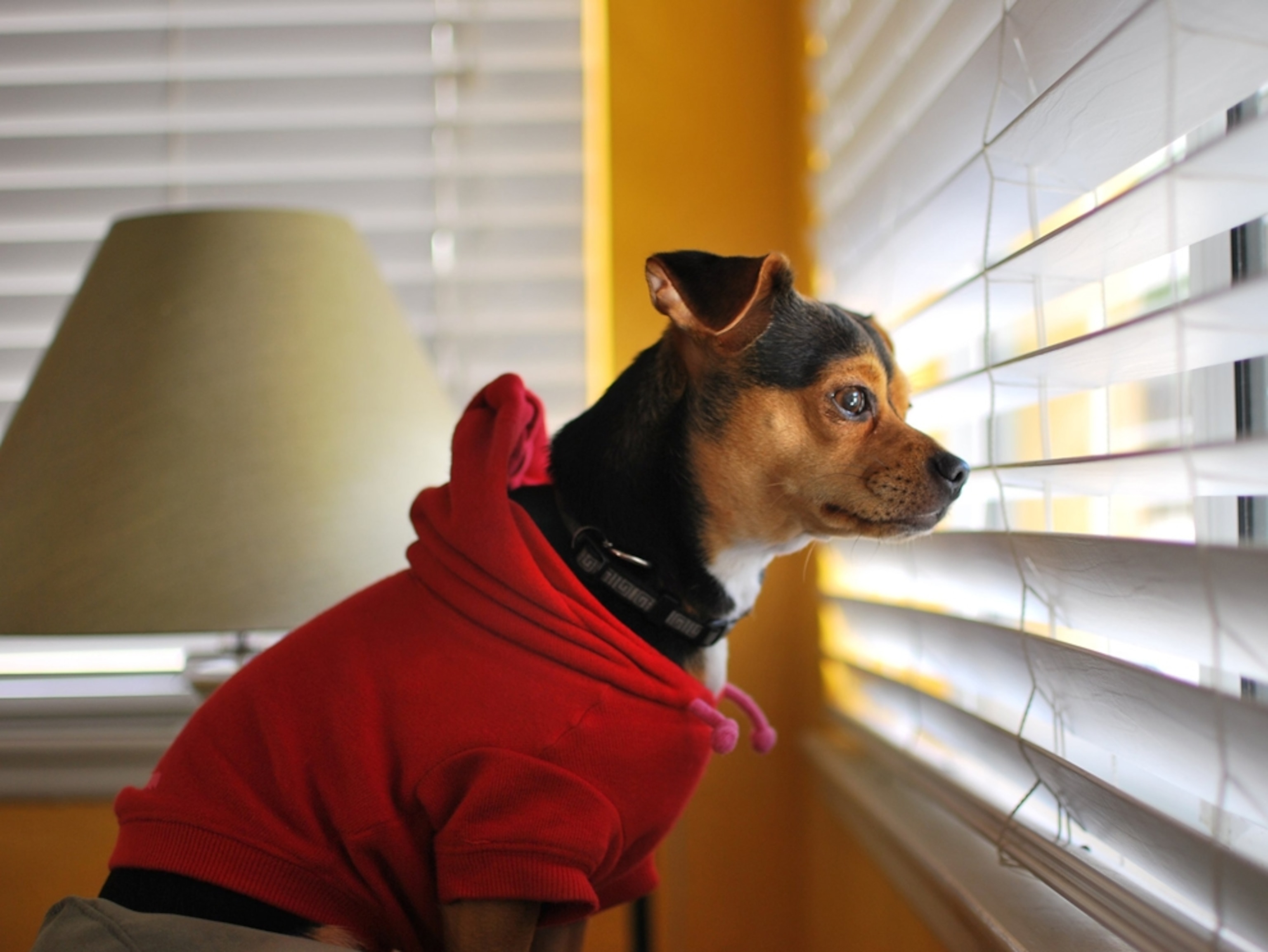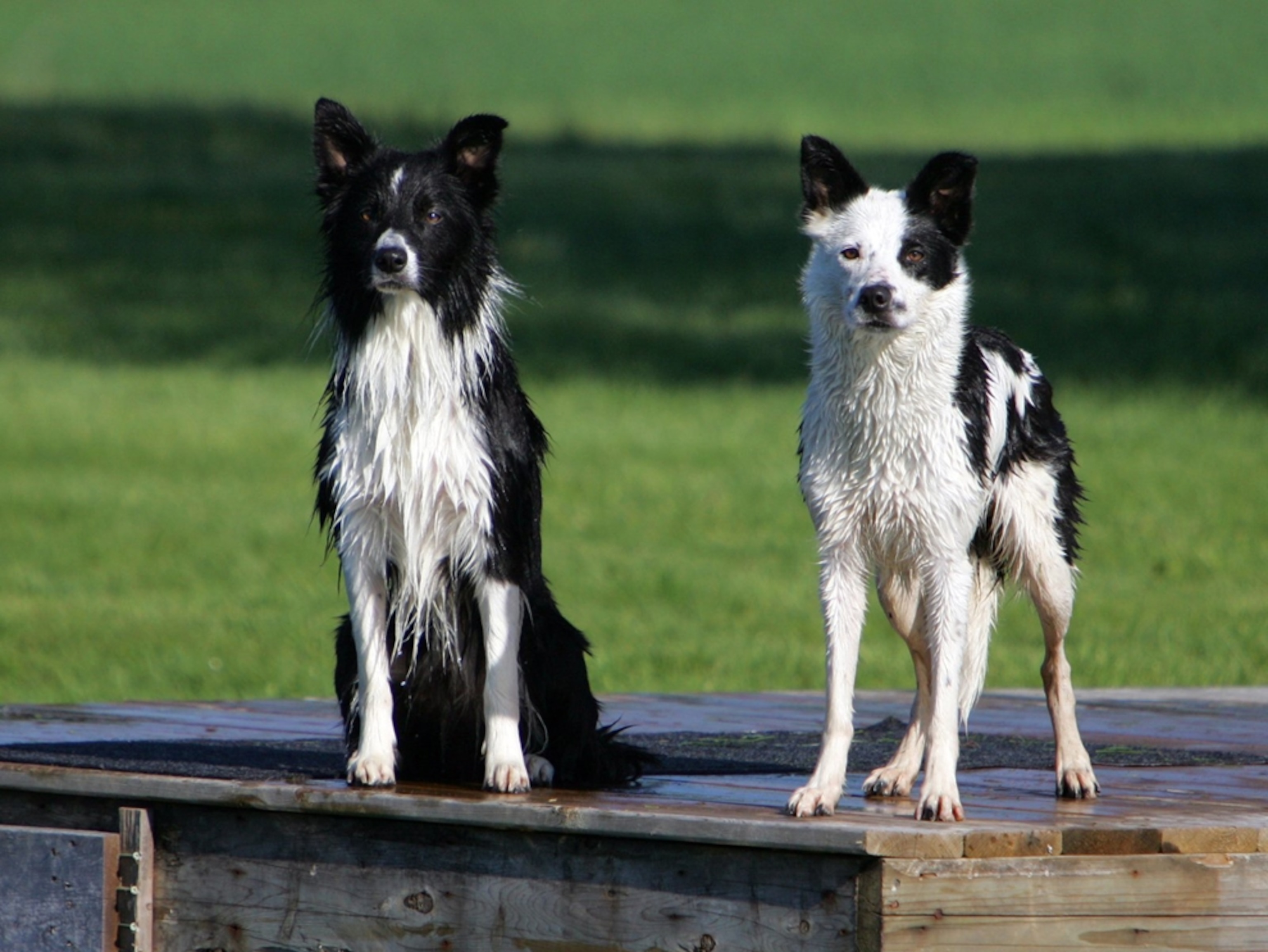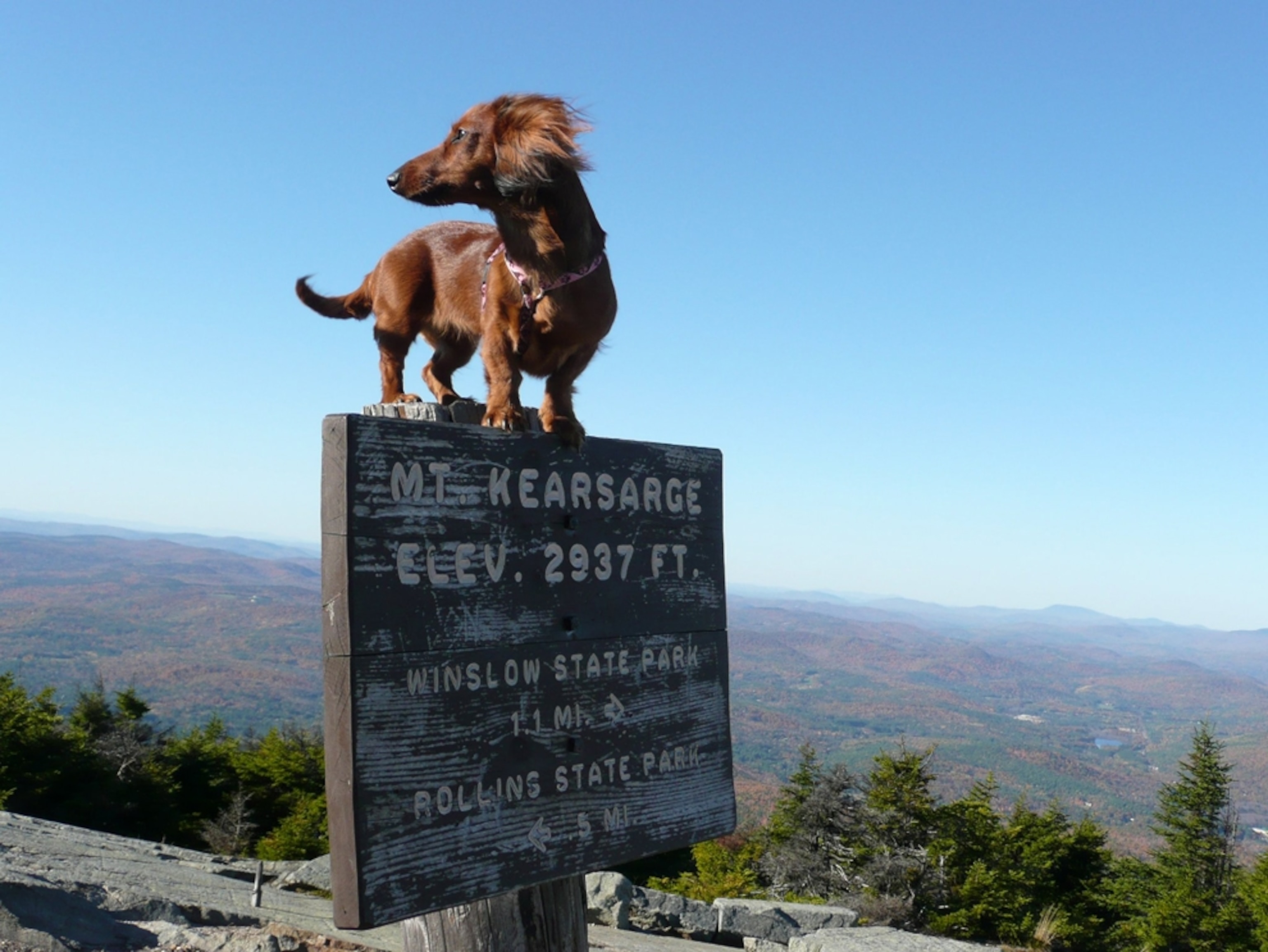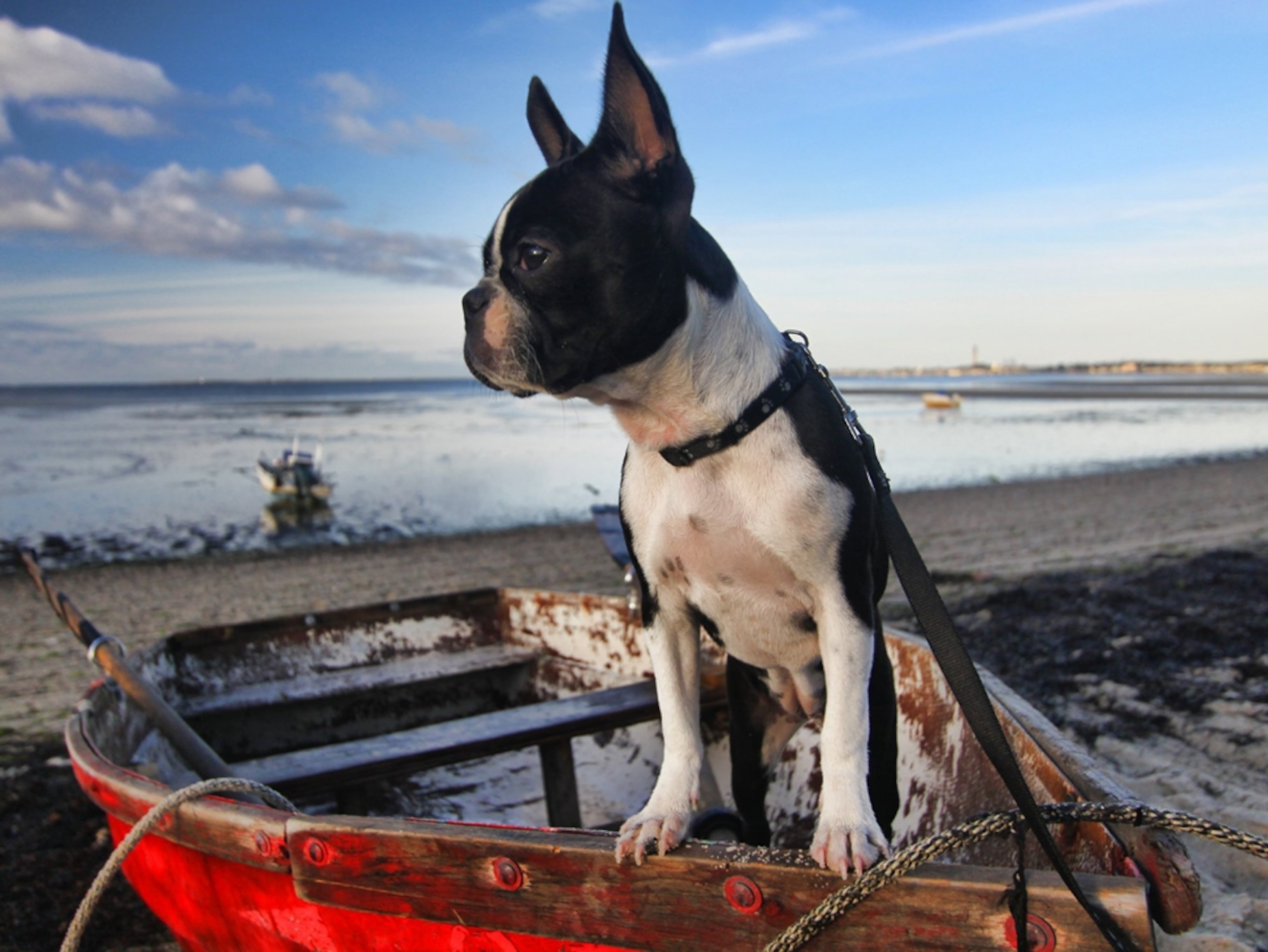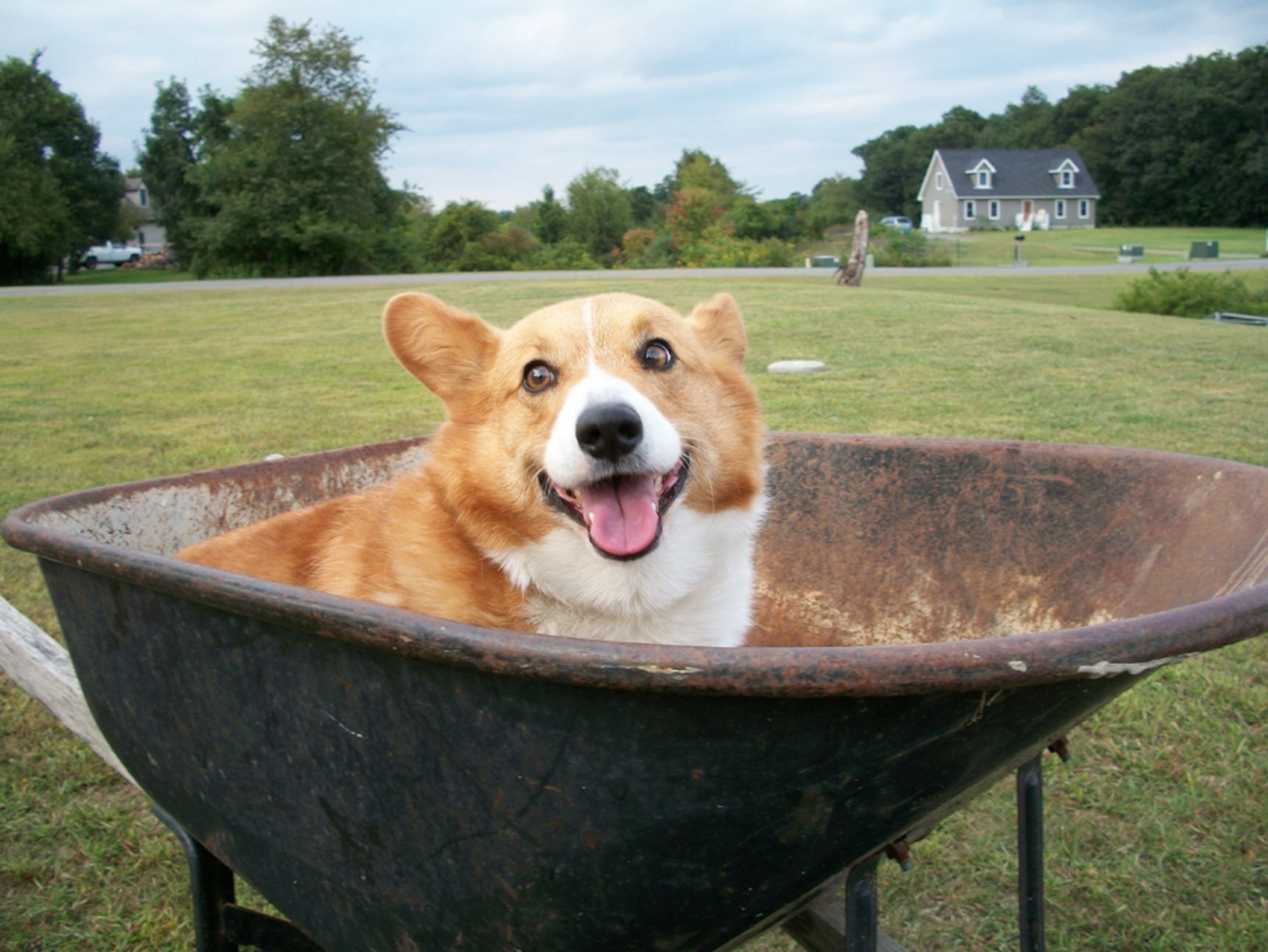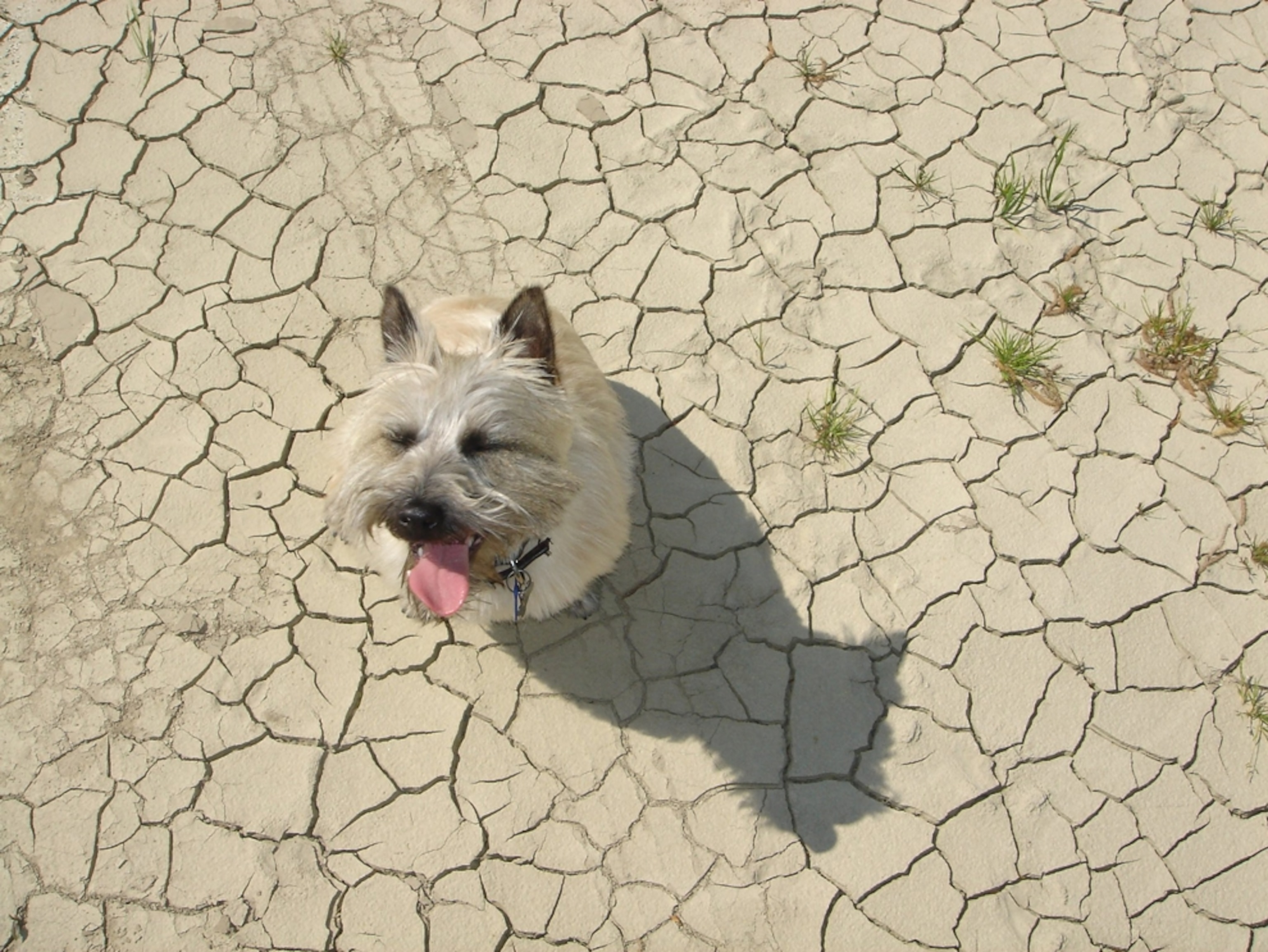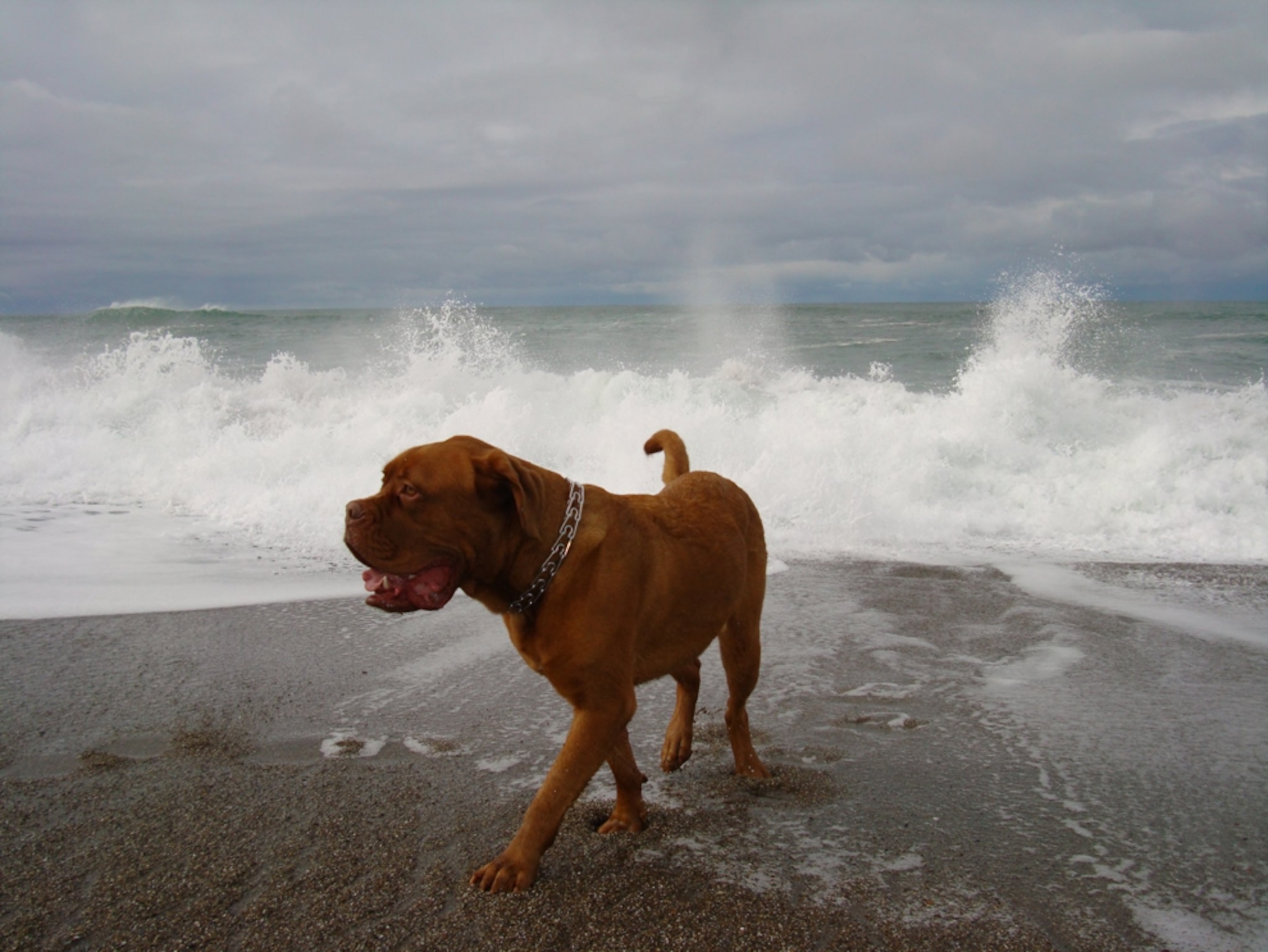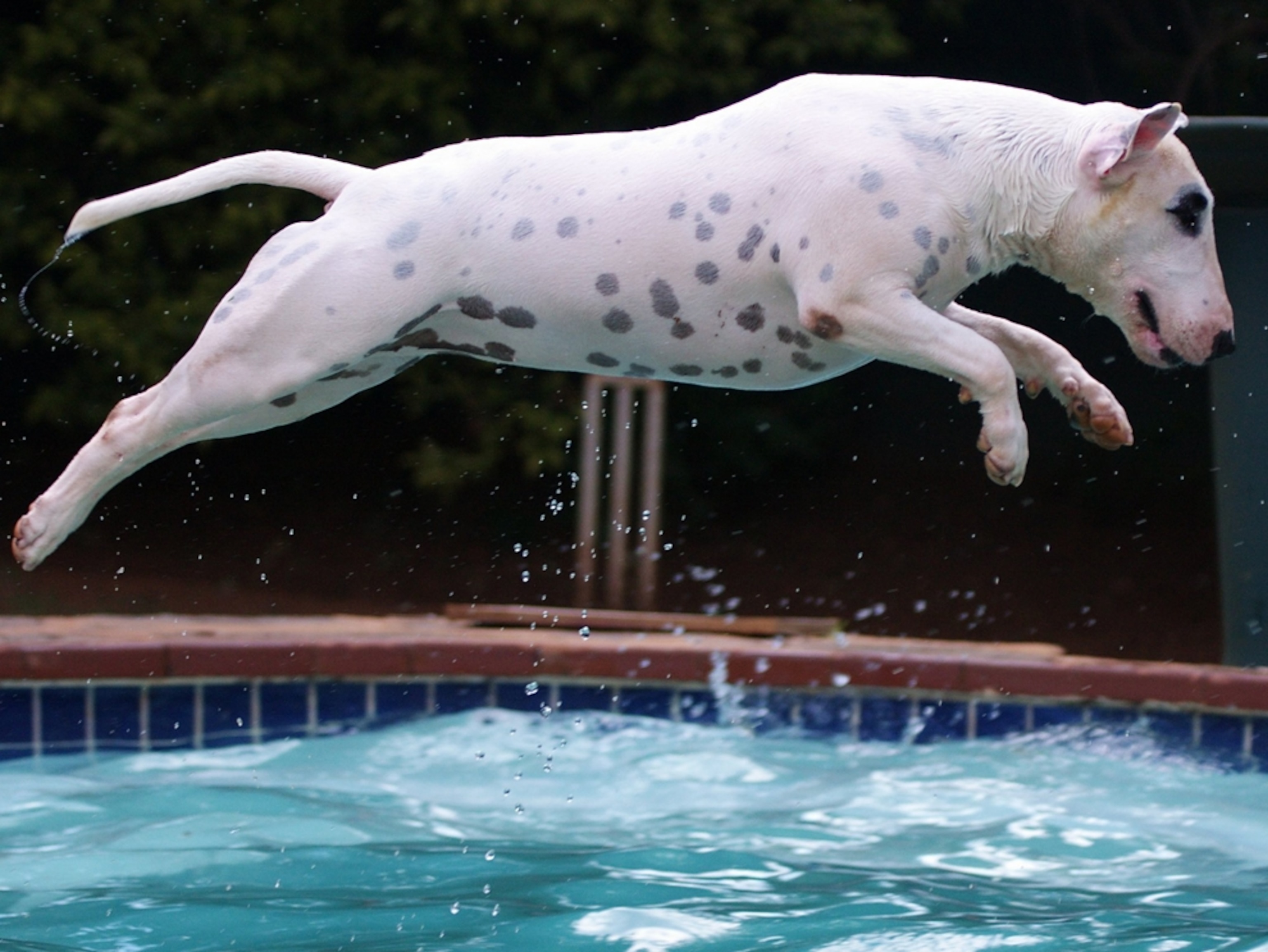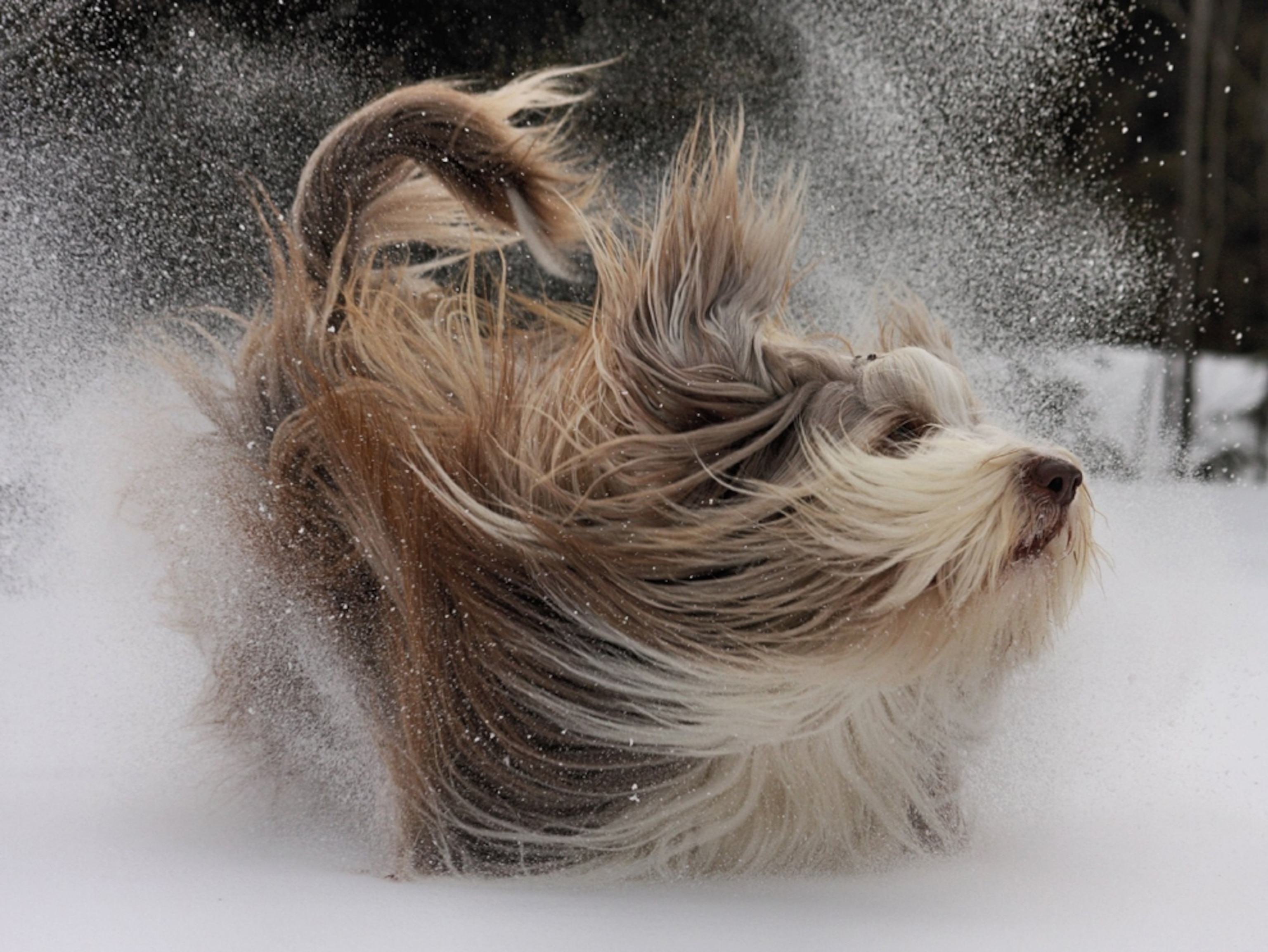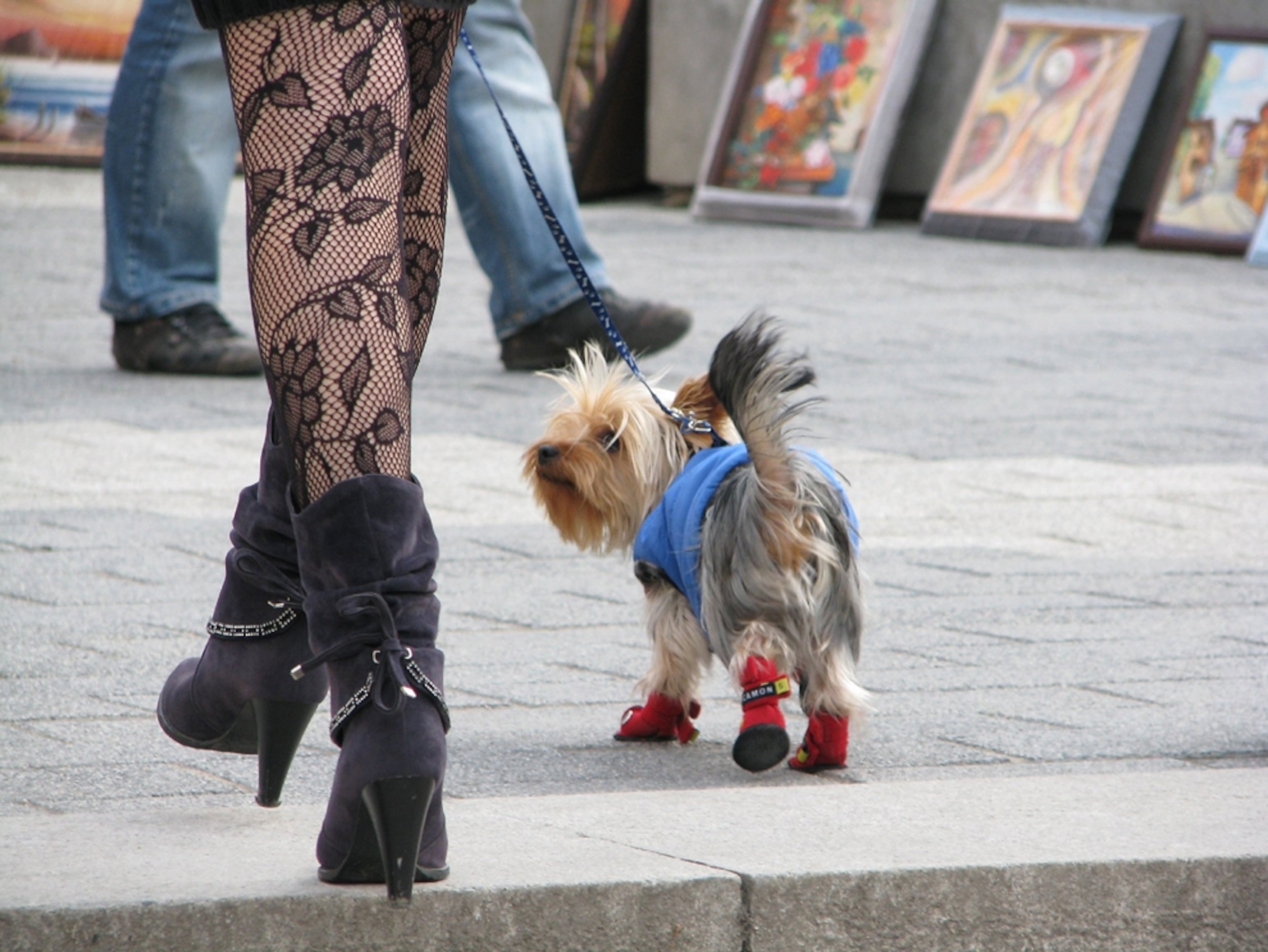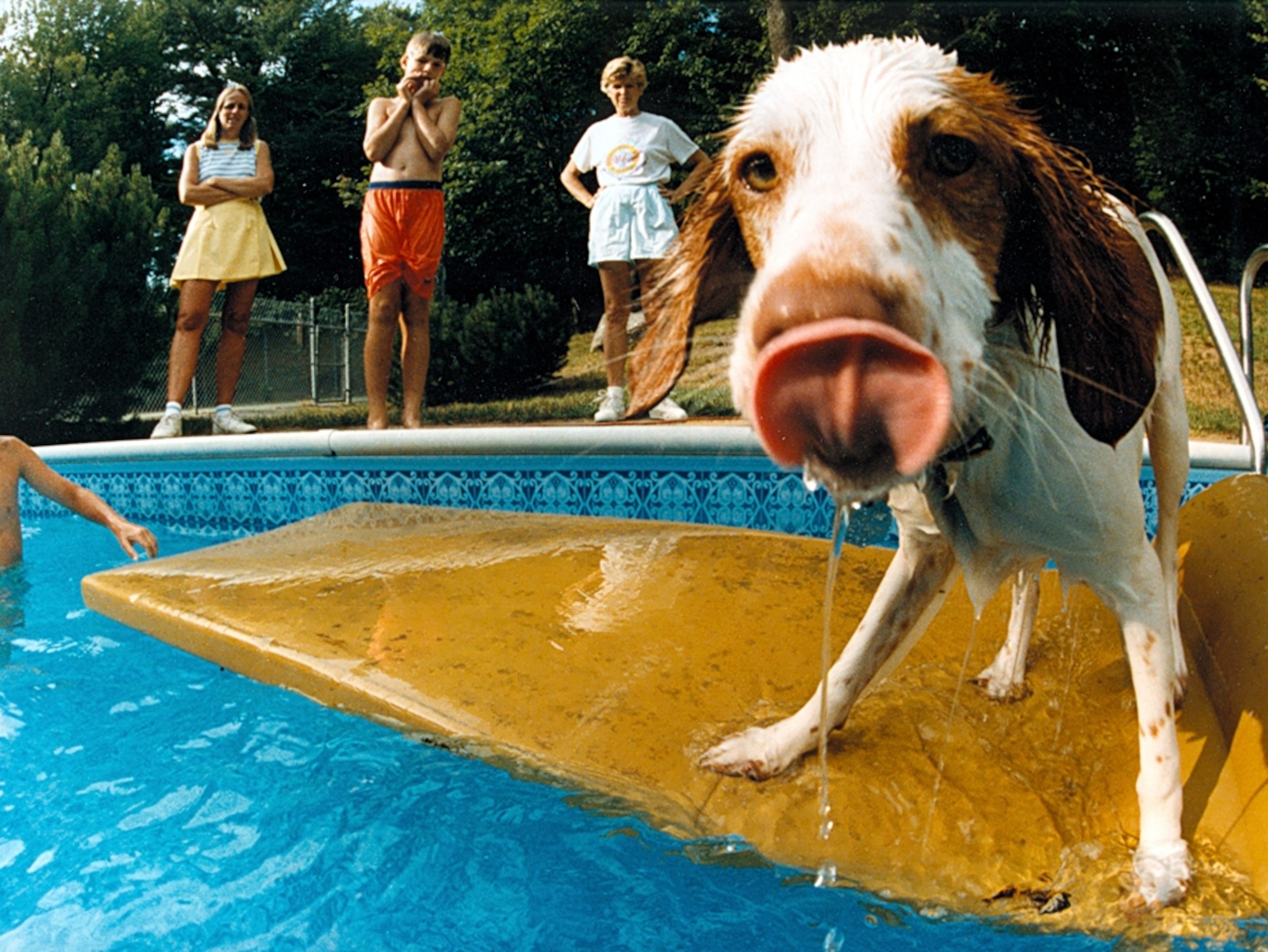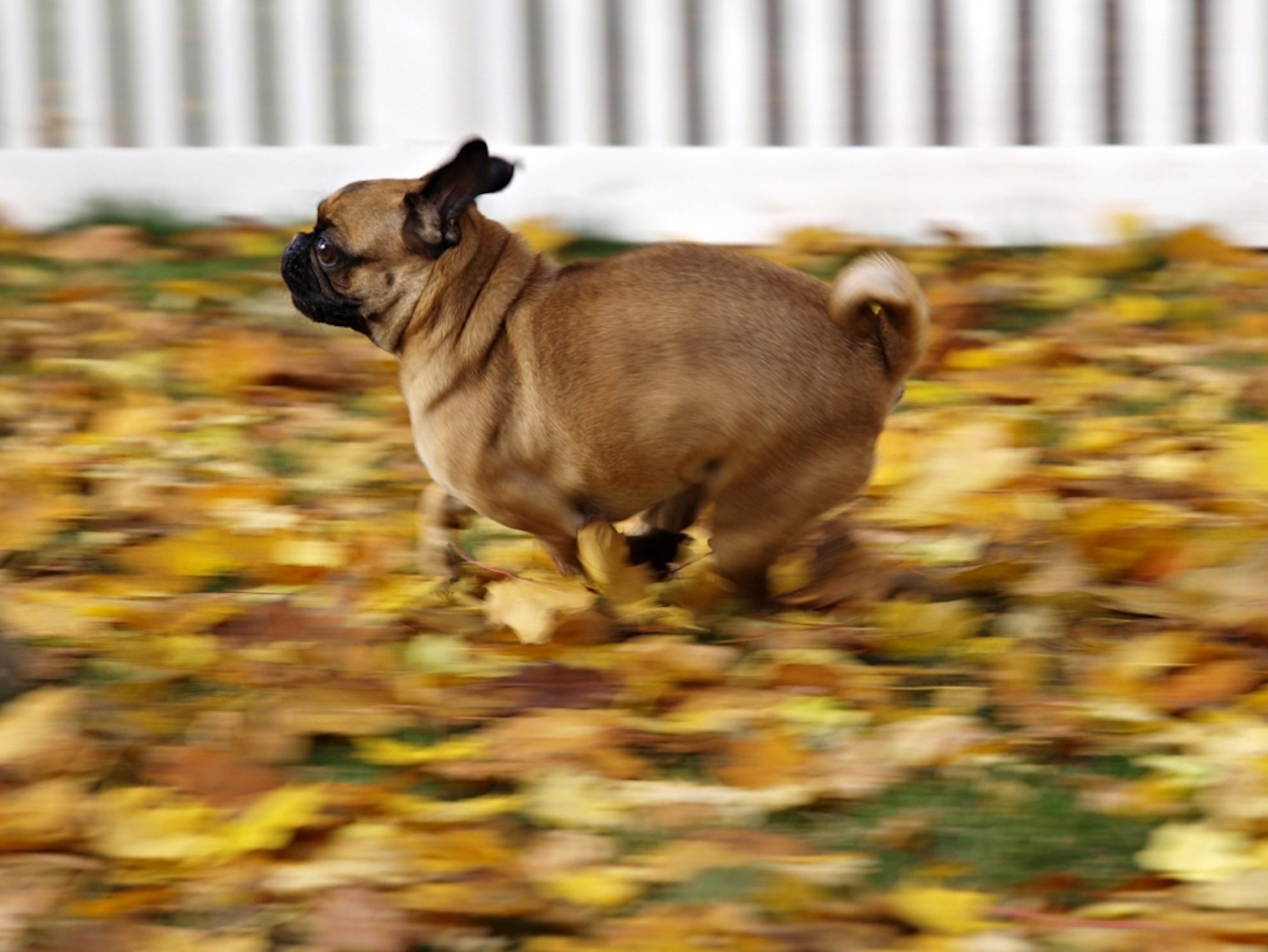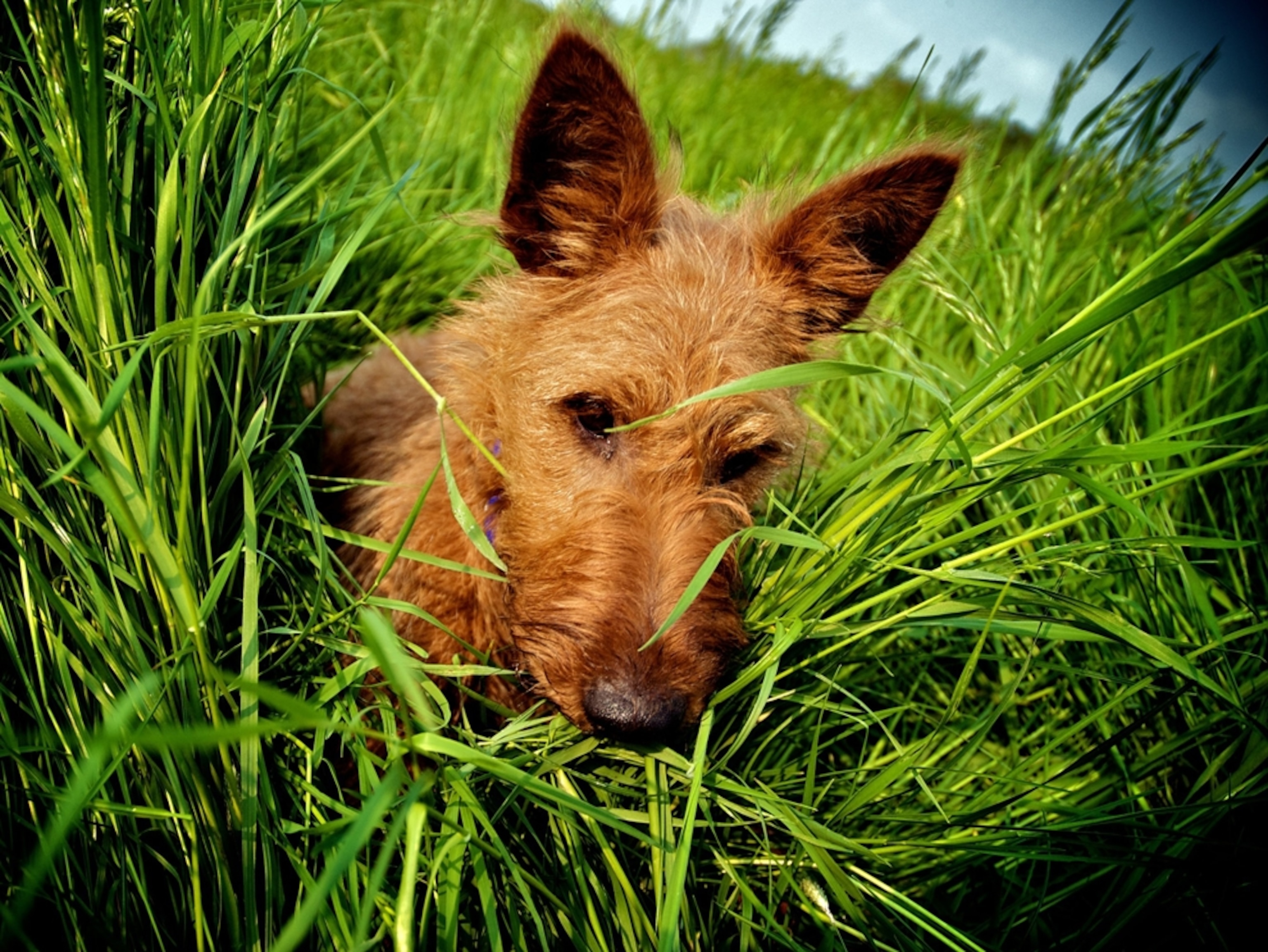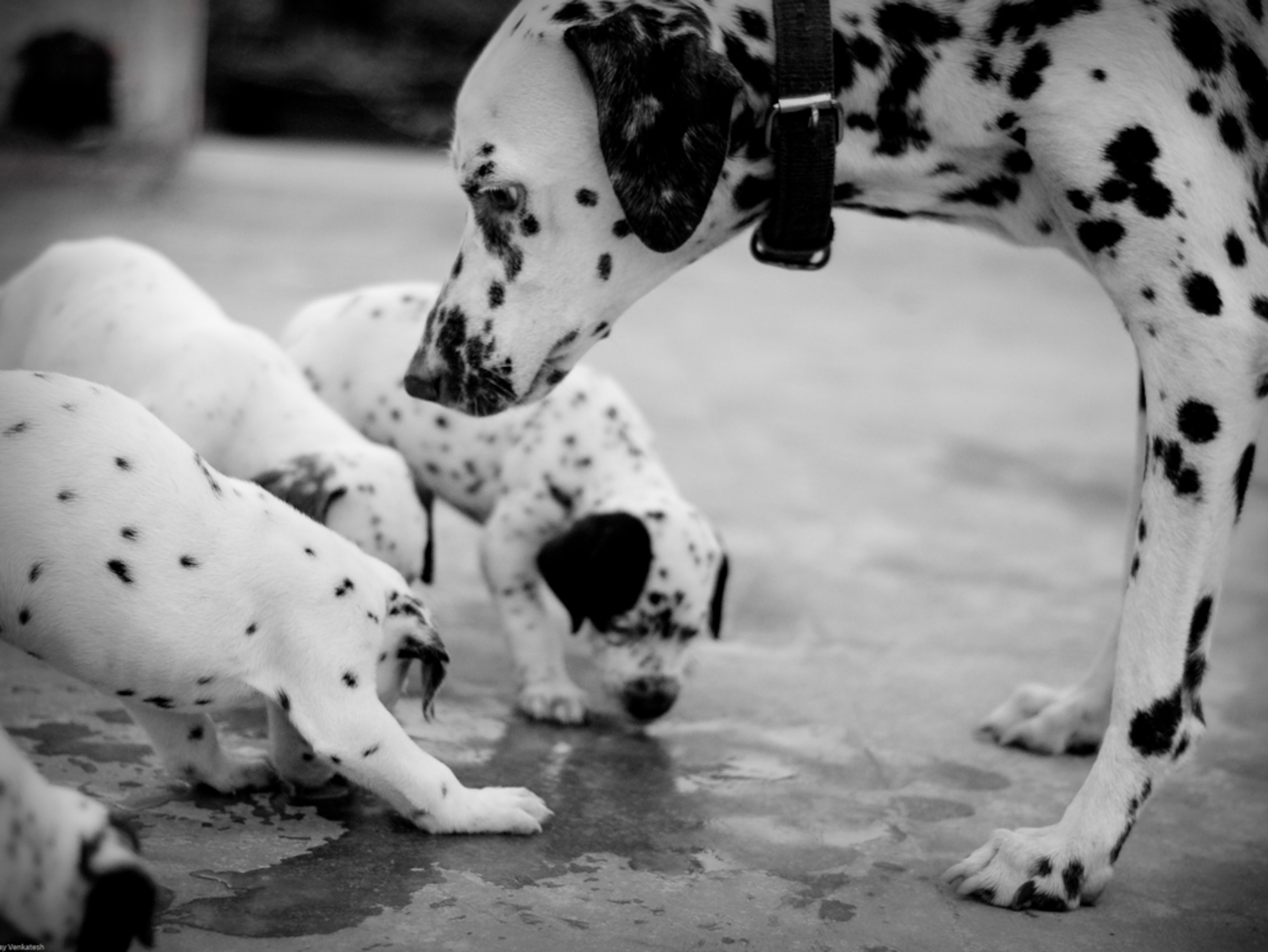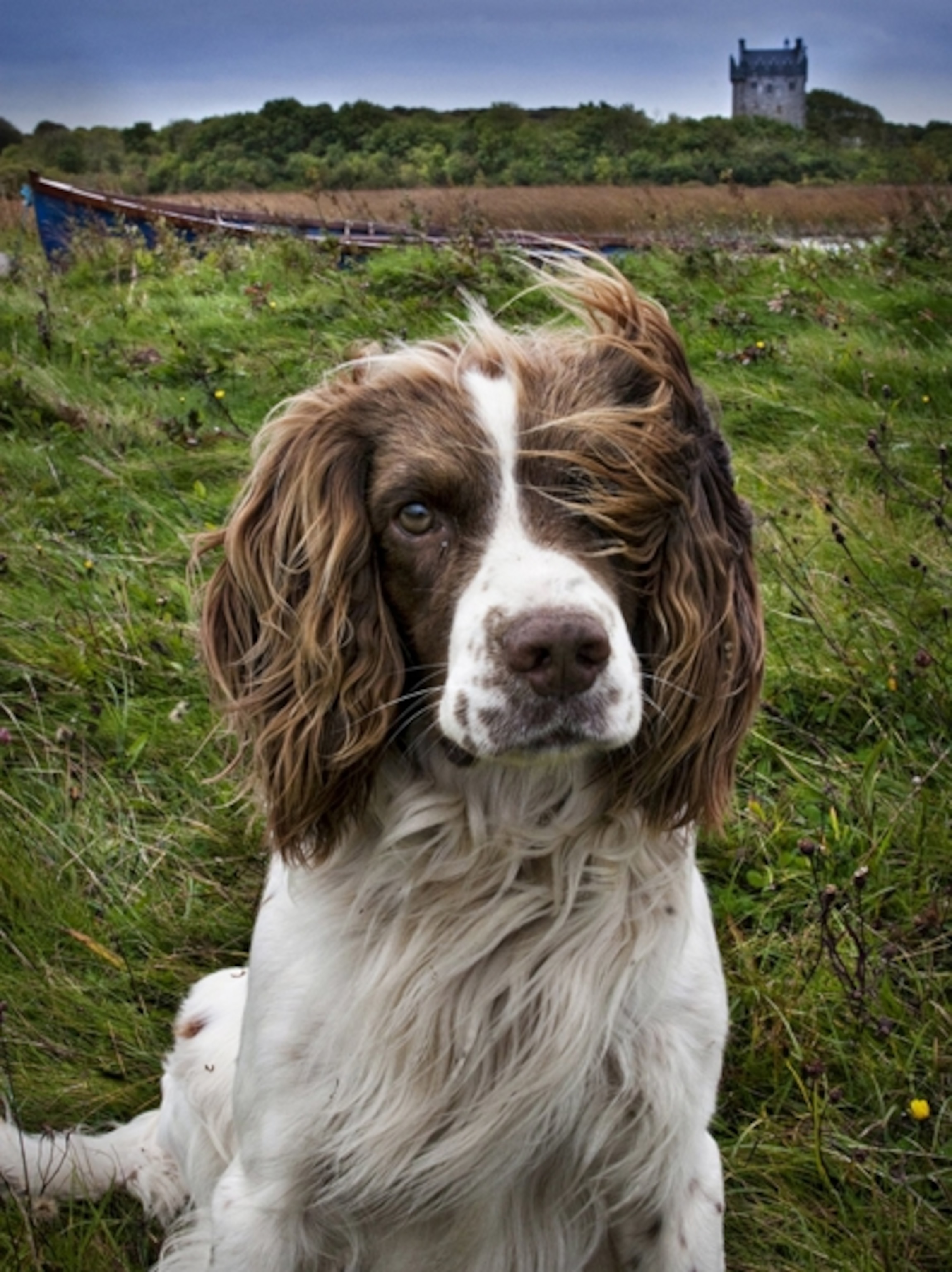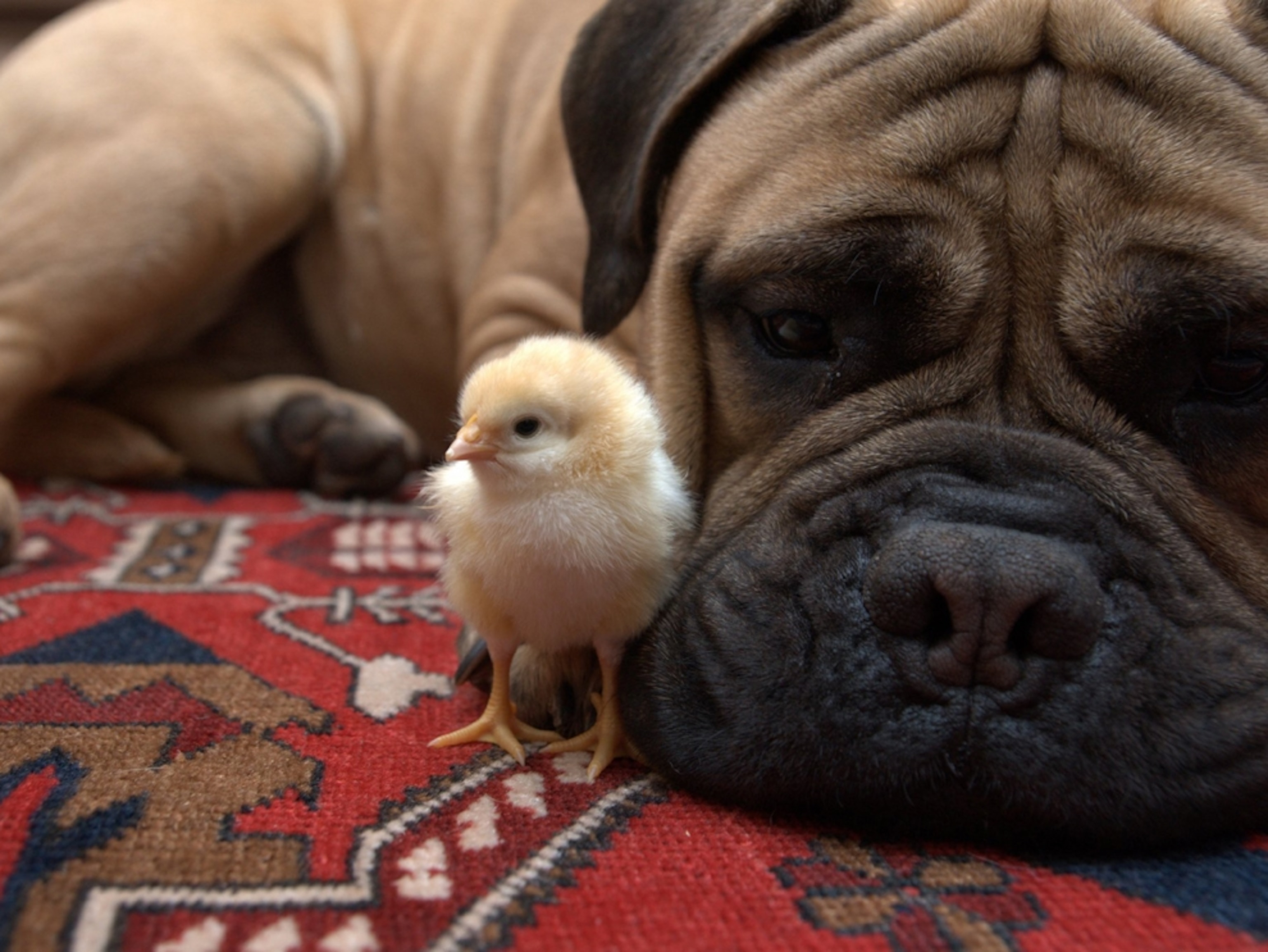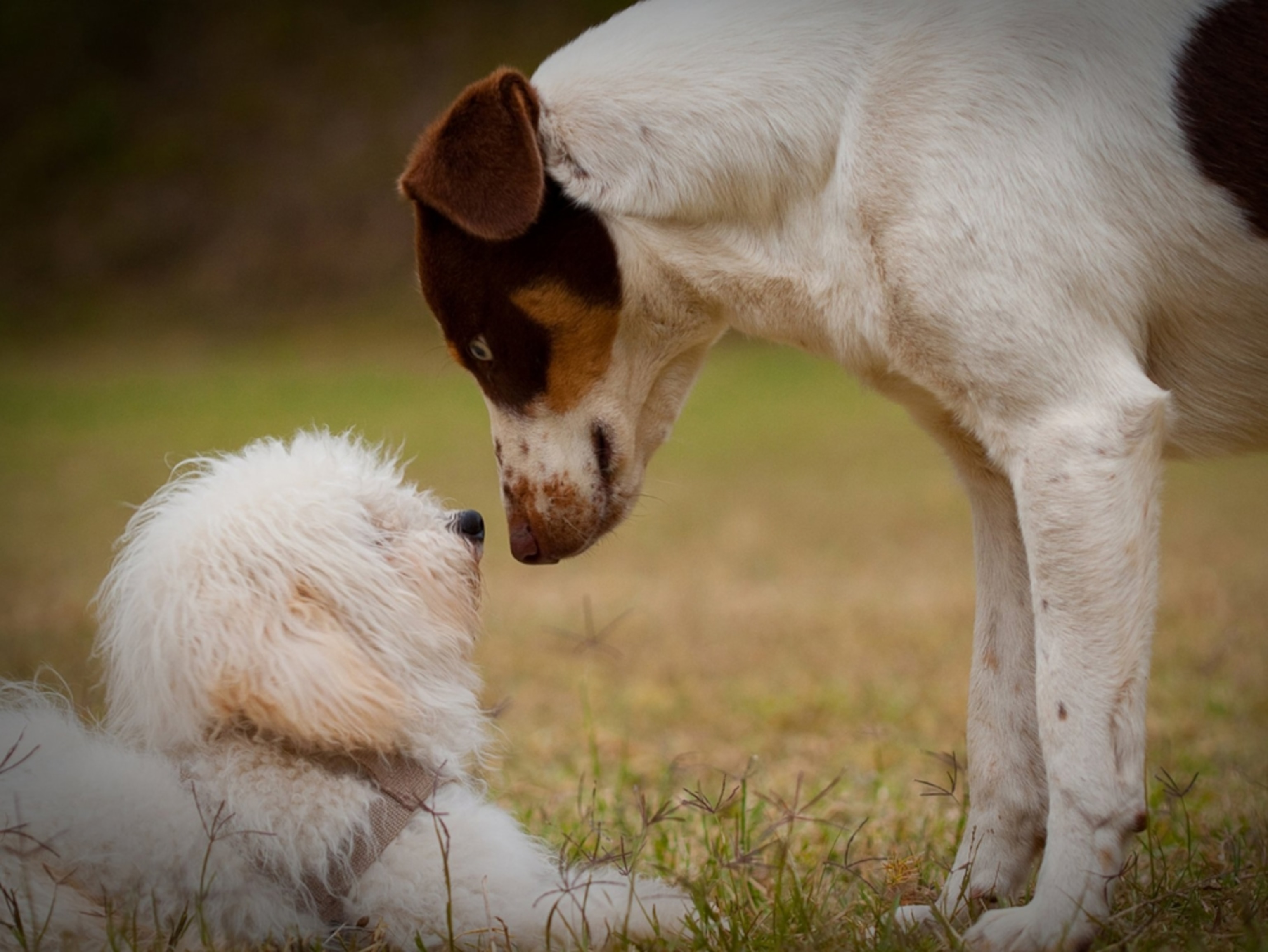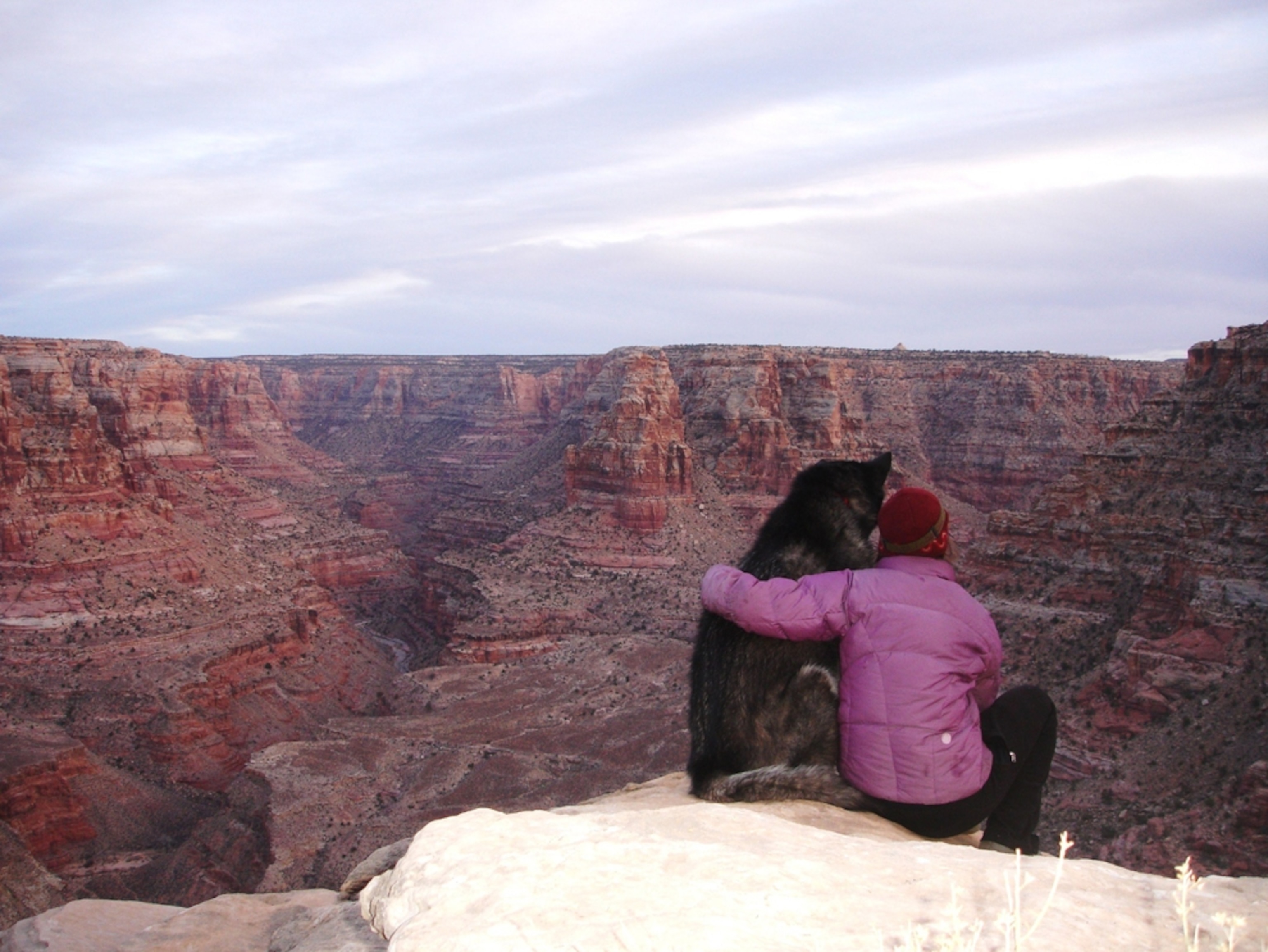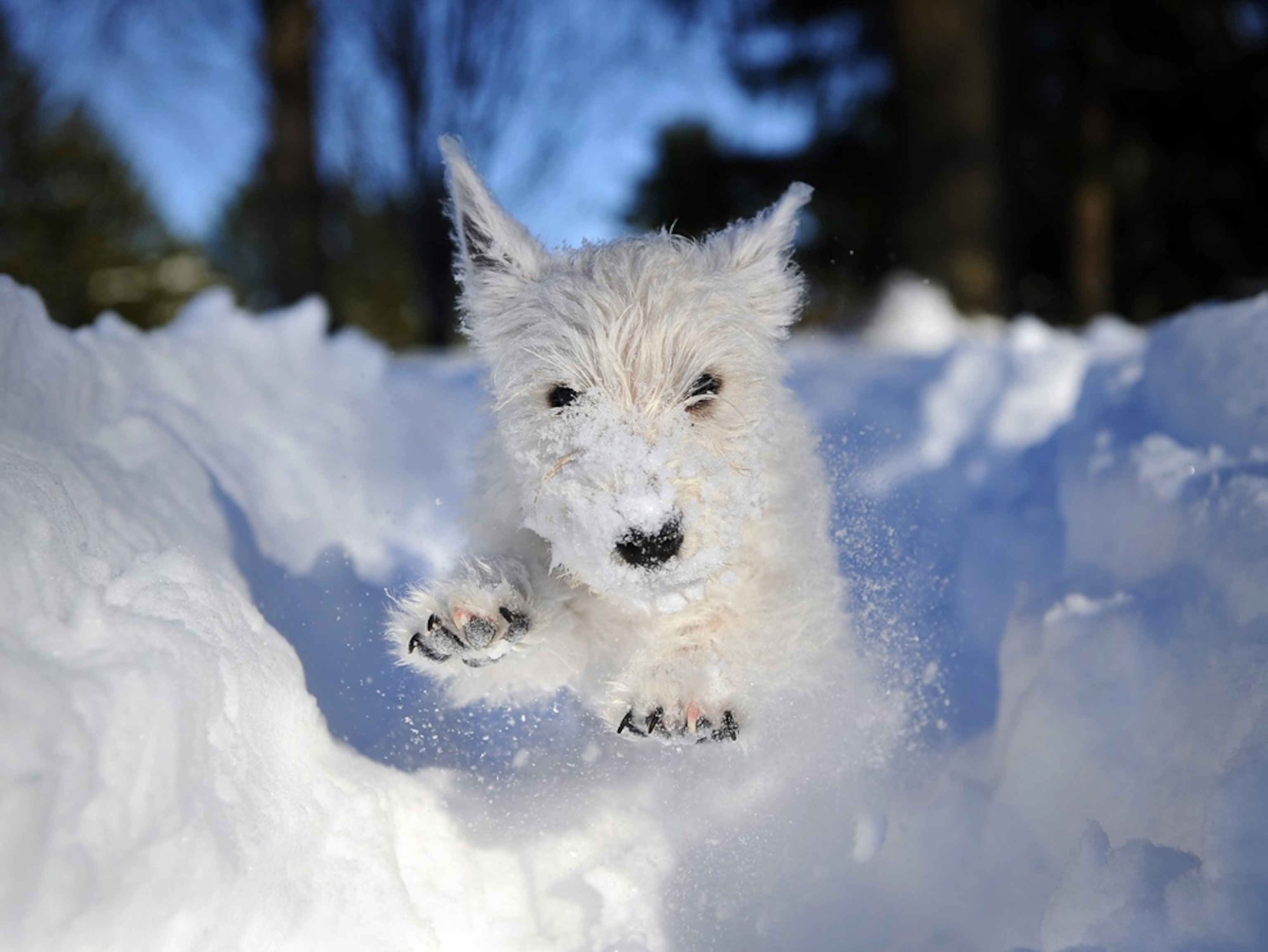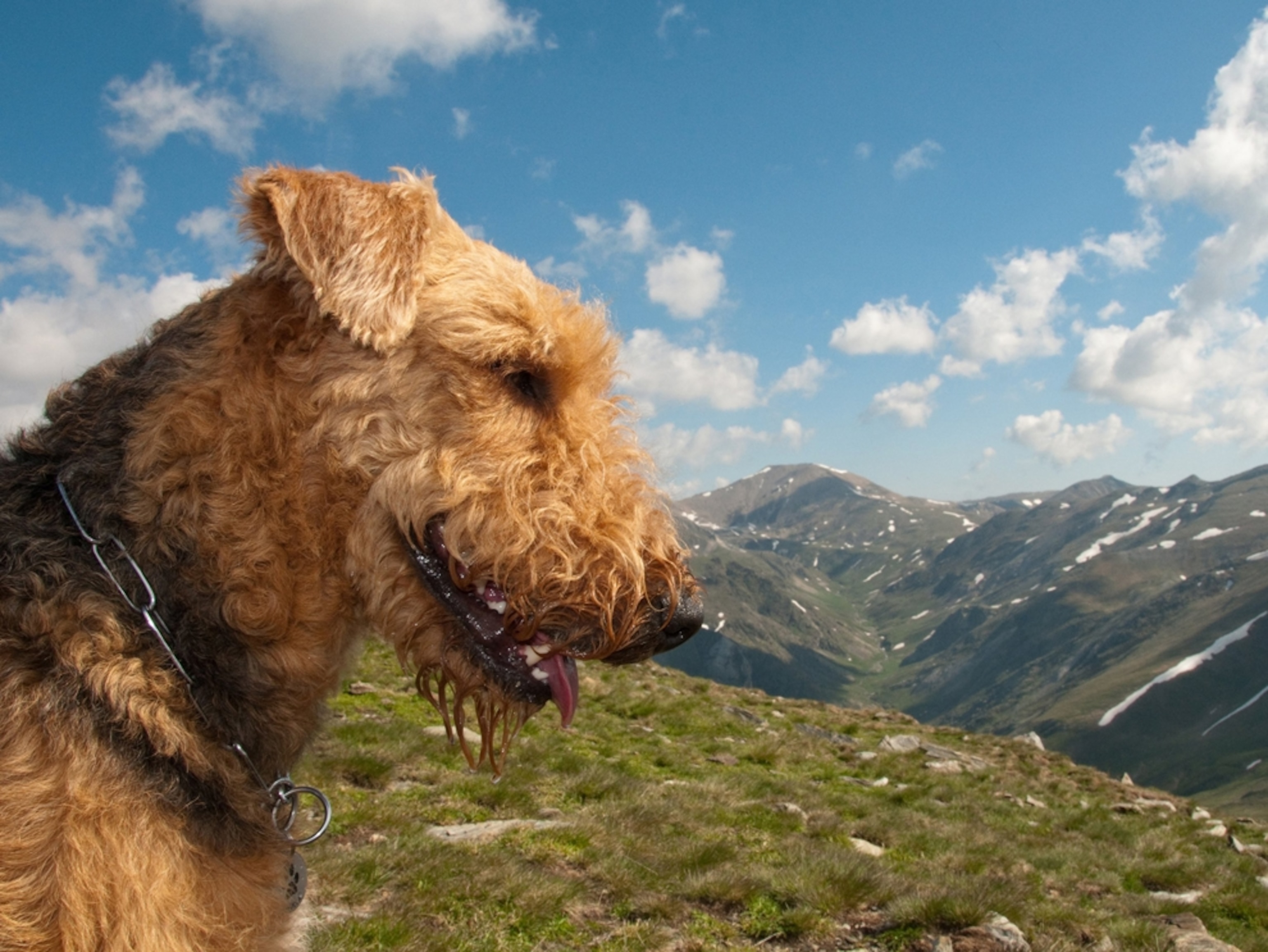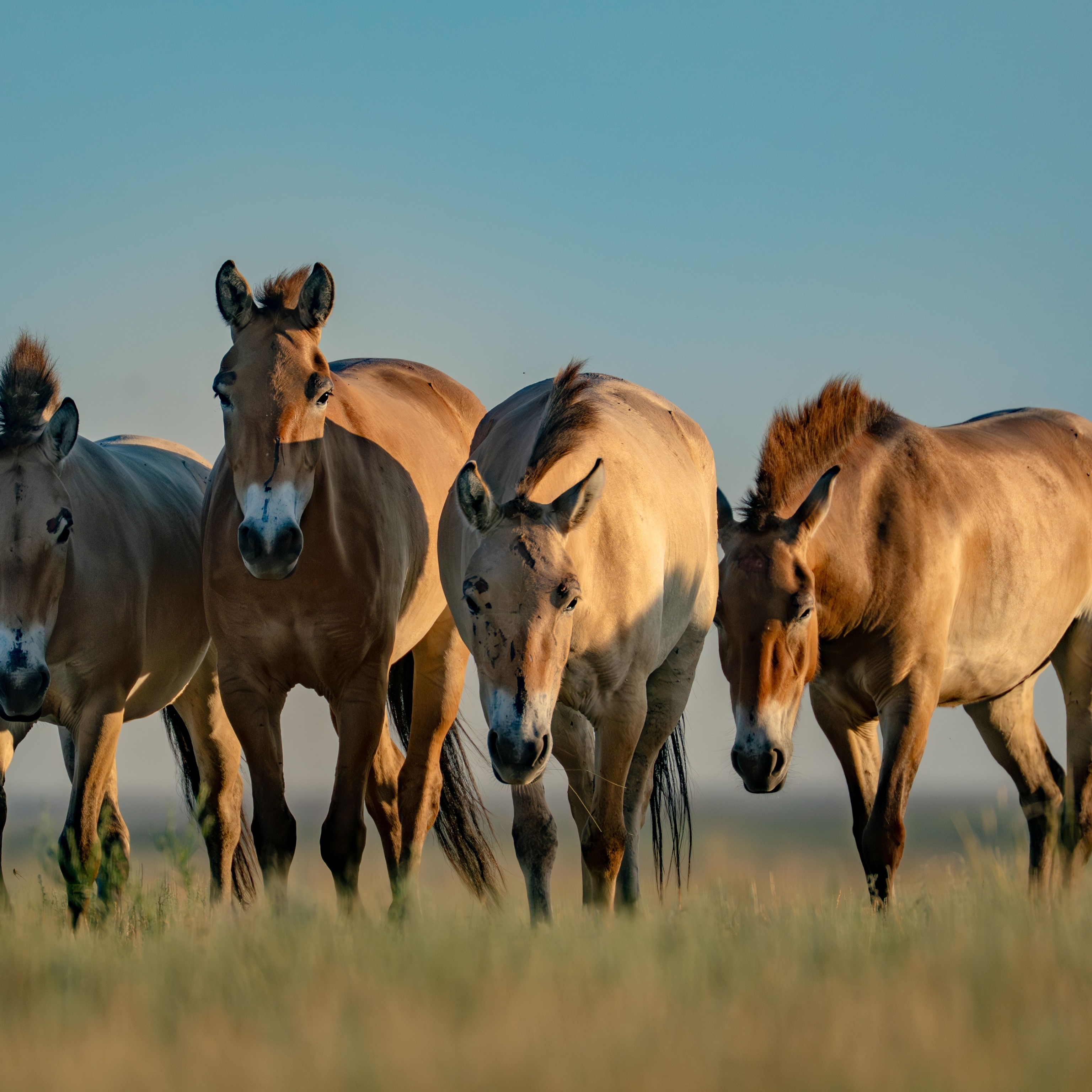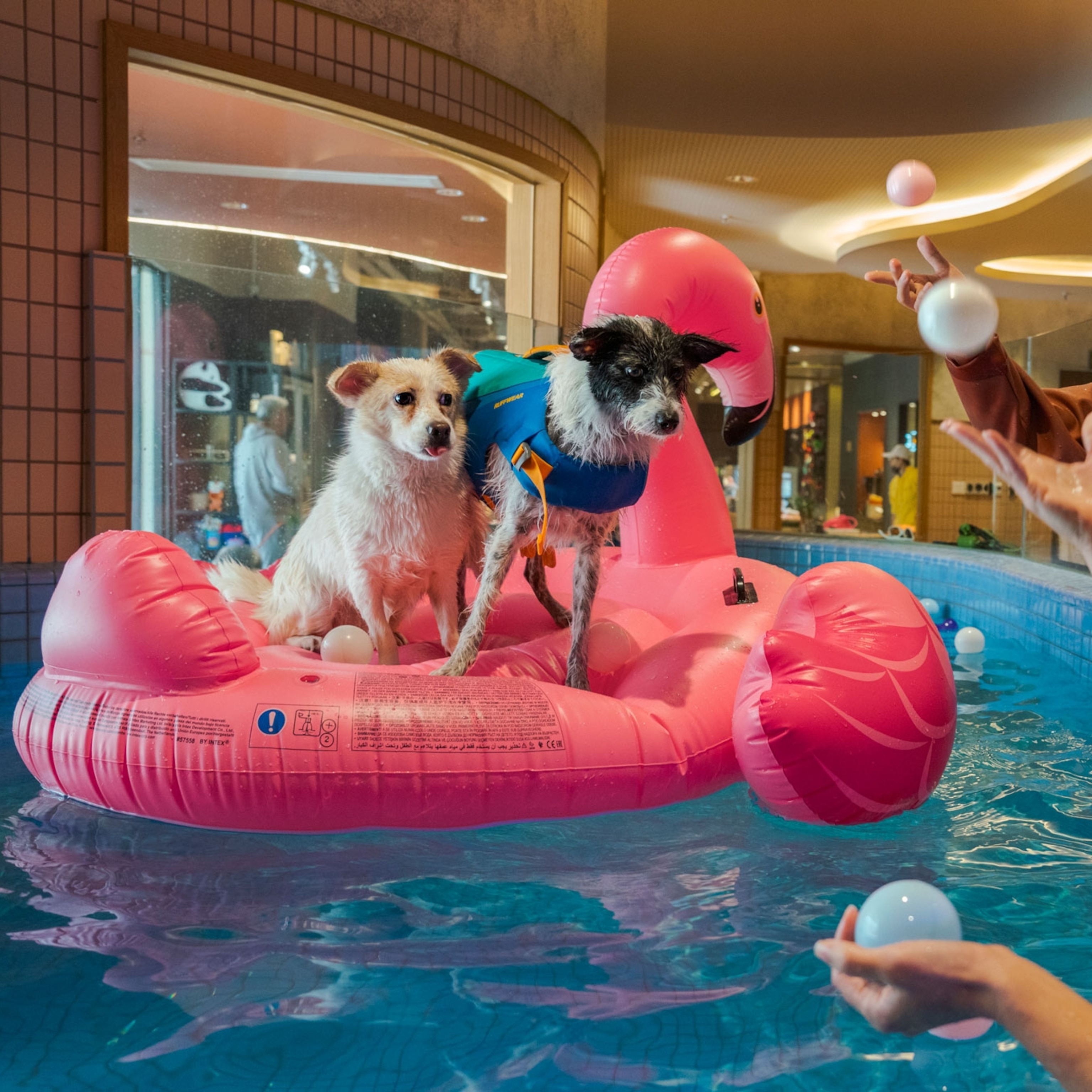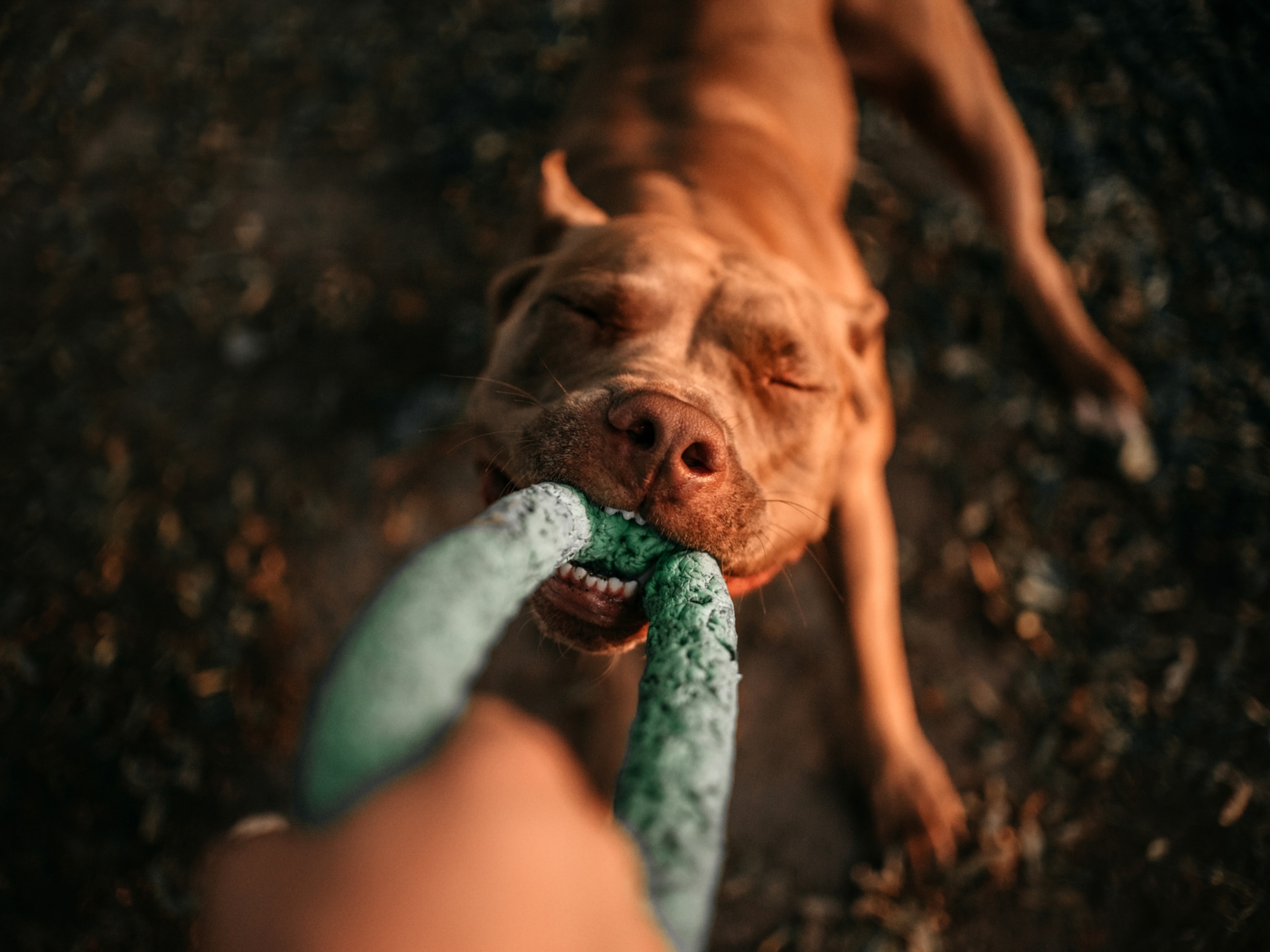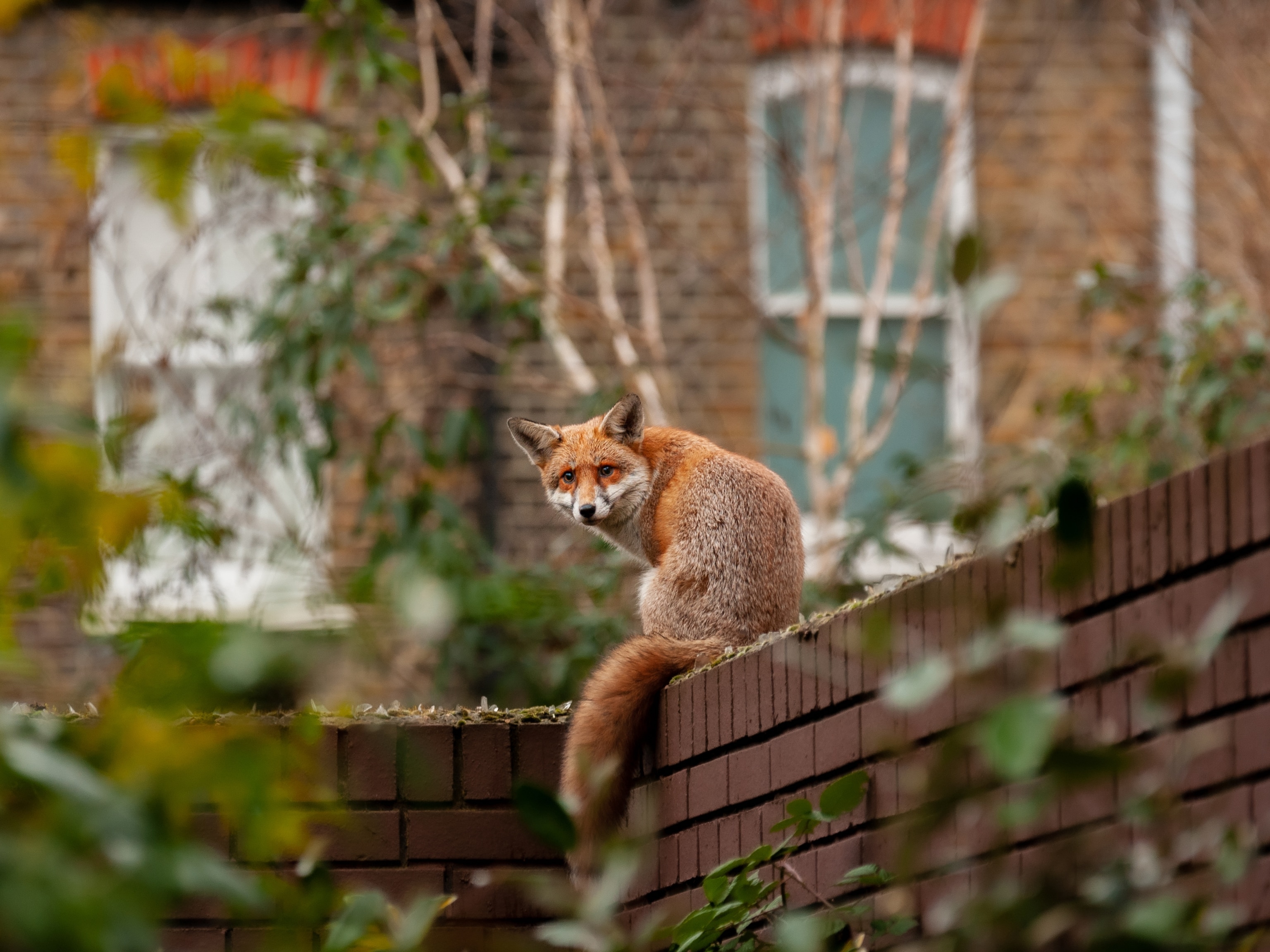
Horses and dogs share a surprisingly common language of play
These two very different species use the same facial expressions while having fun, suggesting the behavior is rooted deep in evolution.
A dog’s invitation to play is unmistakable: Bowing with his front legs and wagging his tail, he’s basically saying to another dog, Let’s have fun! The two animals then chase and leap and box each other, matching each other’s moves, often with expressions we humans interpret as smiles.
Now scientists report for the first time that dogs and horses play together in a similar manner, with open mouths and synchronously matched behaviors.
Perhaps most remarkably, the two species also rapidly mirror the expression on the other’s face, a behavior called rapid facial mimicry. This phenomenon occurs in primates, domestic dogs, meerkats, and sun bears, but has never been documented between play partners of different species.
“It’s a wonderful study, and takes the questions surrounding play behavior to a new level,” says Sue McDonnell, an animal behaviorist at the University of Pennsylvania in Philadelphia who wasn’t involved in the study.
“In particular, they’ve beautifully demonstrated play between two species where it’s unexpected."
Horses and dogs coexist peacefully today thanks to centuries of domestication. Still, from an evolutionary point of view, they're predators and prey, so scientists were surprised the two species shared a common language of play.
What’s more, the study strengthens the idea that play is universal among species. The behavior occurs in such a wide array of creatures—ranging from crocodiles to otters to wasps—that scientists believe it has evolved multiple times. Despite these diverse origins, play behaviors—play-fighting, running, chasing, leaping—are strikingly similar across nature. (Read more about the first evidence of playing in crocodiles.)
The purpose behind play is murkier. It could help young animals develop social and hunting skills; adults may use it to relax or maintain their health. The new study, betweem such different animals, adds an intriguing new element to the mystery.
Unlikely friends
In 2018, Elisabetta Palagi, an animal behaviorist at Italy’s University of Pisa, received a YouTube link from a student showing a dog and horse playing together. “I realized they were in sync,” says Palagi.
Intrigued by this particular partnership between horses and dogs, she decided to take a rare scientific look at play between the two species.
There are many anecdotal examples of cross-species play: Cats and dogs in the same household often play together. Wild animals have also been observed romping, such as a juvenile baboon and a young zebra, an adult wildebeest and a juvenile rhino, and even an adult female wolf and an adult brown bear.
Palagi asked her students to search YouTube for similar videos of dogs and horses playing with certain criteria: The animals had no interference from people, were free to move, and were engaged in a play session lasting at least 30 seconds. Between December 2018 and February 2019, Palagi and her students analyzed hundreds of videos, and finally selected 20 for their study.
Palagi was particularly interested in finding and analyzing instances of rapid facial mimicry between the two species. This phenomenon depends on the degree of tolerance, affiliation, and familiarity between playmates. When Palagi’s team began their study, it wasn’t known whether facial mimicry could occur between partners of different species.
The scientists analyzed the play sessions according to the variability of play behaviors displayed by each animal, any self-handicapping strategies they employed, and signs of the facial mimicry. (Watch how elephants communicate while at play.)
Shared tactics
Each session began when one partner—either horse or dog—initiated having fun, and the playmate responded in kind. Sessions ended when the playmates stopped playing or when one moved away, interrupting the behavior. Play sessions lasted 79 seconds on average.
Some of the dogs’ and horses’ behaviors mirrored each other’s; for instance, dogs and horses might attempt to bite, but didn’t actually do so. They jumped, pushed, hit or chased each other; played with an object; or handicapped themselves by rolling on their backs on the ground or shaking their heads, the team found.
The researchers zeroed in on a behavior called “relaxed open-mouth display,” an important mimicry signal, and found that 12 dogs and 10 horses made this play-face. (Here’s how we know animals think and feel—just like us.)
From the 20 videos, the scientists randomly selected 10-second fragments of each video, and analyzed these for several specific play behaviors, such as attack or defense behaviors. The team then recorded the varieties of play behaviors using a standardized index.
The surprising finding is that the two species didn’t differ markedly in their play styles.
“That suggests there are some shared tactics” that make “social play between mixed species possible,” says Palagi, a co-author of the study published in the May issue of Behavioural Processes.
Bridging the gap between species
Although the study doesn’t document how these dog-horse play relationships began, it does show that the shared language of play is what maintains their bond, Barbara Smuts, a behavioral ecologist at the University of Michigan, said by email.
“It’s an important study because it shows how two animals who look and behave so differently can nevertheless manage to negotiate how to play in a way that’s comfortable for both,” says Smuts. (Watch more videos of unusual animal ‘friendships.’)
“It’s even more noteworthy given the large size difference between horses and dogs. The dog is vulnerable to injury by the horse, and the horse has a deeply ingrained tendency to fear animals who resemble wolves.”
Although dogs and horses have different evolutionary paths, Palagi notes that both are domesticated species that recognize facial expressions of their own kind and those of humans—factors that may make them more attuned to others’ emotions than wild creatures.
Even so, their shared language of play remains a mystery. Perhaps, she says, even very different species can set aside their instincts and choose to have a few moments of fun.


